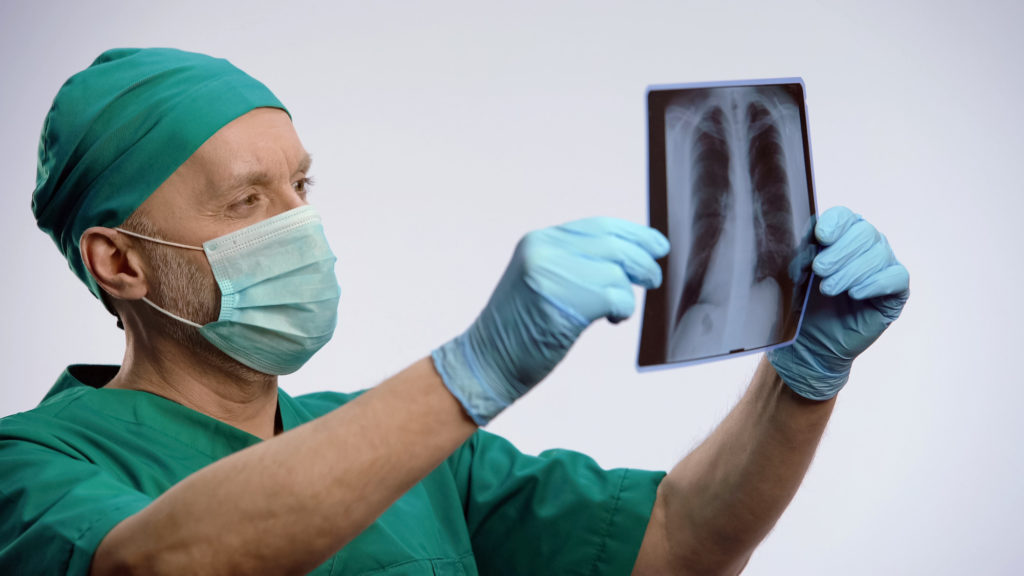
How to Become a Respiratory Therapist in 5 Steps
Originally posted on https://harcourthealth.com/how-to-become-a-respiratory-therapist-in-5-steps/
Did you know that respiratory therapist jobs are expected to increase by 21 percent by 2028? This means plenty of job opportunities for those who want to help children and adults address breathing issues.
If you’re interested in becoming a respiratory therapist, you can qualify for most jobs with an associate’s degree. However, a bachelor’s degree can help you stand out on the job hunt.
States typically require licensure for this position. This means you’ll need to get certified and meet other state requirements.
Read on to learn more about the five steps for becoming a respiratory therapist.
1. Prepare for Training
Before you can begin respiratory therapy training, you’ll need to show proof of either a high school diploma or equivalent.
You’ll usually need to have completed some specific science courses in high school. This can include physics, biology, and chemistry. You might need a specific GPA to qualify as well.
Obtaining CPR certification can also give you an advantage since degree programs will require you to have it during your first semester.
2. Enroll in an Accredited Associate’s or Bachelor’s Degree Program
Since states usually license these professionals, you’ll want to look for a respiratory therapy degree program that has approval from the Commission on Accreditation for Respiratory Care.
Once admitted, you’ll likely take some general science and math courses first. You’ll then go on to learn how to use diagnostic equipment, use therapeutic tools, and assess patients.
3. Get Clinical Experience
Throughout your respiratory therapy studies, you’ll get work experience in various healthcare settings. This can add up to 600 hours or more of experience that is split across a few days a week for several quarters or semesters.
You can expect to have a licensed respiratory therapist supervise you. You’ll complete tasks at different skill levels as you move through your program. You’ll also get experience working with small children and adults.
You might also complete a dedicated externship during your last year or semester of study. This can help get you more familiar with local medical facilities and lead to a job offer later.
4. Pursue a National Respiratory Therapist Certification
Part of most state licensure requirements involves getting an industry certification through the National Board for Respiratory Care. Your options include the Certified Respiratory Therapist (CRT) and Registered Respiratory Therapist (RRT) credentials.
You qualify for the CRT exam after you’ve completed your degree program. This multiple-choice exam covers the basics of evaluating patients for respiratory issues, recommending treatment options, and performing common procedures. It also covers infection control and equipment troubleshooting.
If you score high enough on your CRT exam, you can qualify to take the RRT exam that requires a clinical simulation. The RRT is the top certification and can give you an advantage when applying for jobs.
5. Meet Any Other State Licensure Requirements
Your degree and certification will make your eligible for state licensure. You’ll need to follow your state’s application requirements.
This usually includes paying application and licensure fees. You’ll also likely get fingerprinted and complete a background check.
You’ll also need to complete continuing respiratory therapy education. This allows you to maintain your certification and licensure.
Start on the Path to Becoming a Respiratory Therapist
You’re now ready to explore respiratory therapist schools and find the right program for you! Before you choose one, though, check with your state to ensure it qualifies you for licensure.
For your convenience, you may be able to find a local option that offers some online coursework. This can make it easier to do an internship or externship later in your studies.
Be sure to check out our other posts about healthcare careers.
